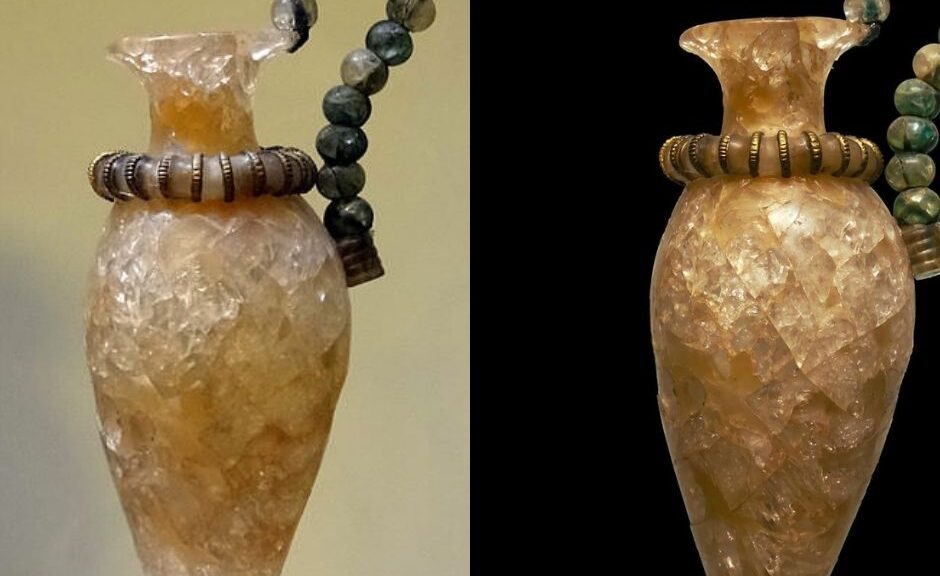A 3,500-year-old Minoan vase carved from rock-crystals
Ideally situated in a sheltered gulf surrounded by mountains, Zakros (or Kato Zakros) in south-eastern Crete, was the fourth largest Minoan settlement after Knossos, Phaistos and Malia.
The ancient name has been lost and the present one derives from the nearest local town. Inhabited since Neolithic times, the settlement achieved its greatest influence in the palatial period c. 2000 BCE to c. 1450 BCE.
The palace was destroyed (possibly by the eruption of the Thera volcano, although the date of this is much disputed) and abandoned c. 1450 BCE with the surrounding settlement also being abandoned c. 1330 BCE.
The site was first excavated in 1901 CE by D. Hogarth of the British School of Athens and once again from 1961 CE under the supervision of N. Platon, Ephor of Cretan Antiquities.
The excavations discovered a large palace complex and surrounding settlement displaying many typical Minoan architectural features.
These include a large central court (30x12m), secondary courts, colonnades, light-wells, a monumental stepped entrance, lustral basins (sunken rooms), storage magazines, archive rooms, stairs to a second floor, and paving with large flagstones and red plaster interstices.
Some rooms were also covered in fresco similar to (but fewer in quantity than) those at Knossos, depicting spirals, double axes and bull horns of consecration.
Unique to the Zakros site is a large circular cistern (5m in diameter) with seven steps leading down into it and originally surrounded by columns. An interesting and unique find in the extensive settlement around the palace complex is a large furnace with four exhaust ducts, perhaps used for metallurgy.

The presence of more than 500 large storage jars (pithoi), over 50 fine stone vases, seals and Linear A tablets, quantities of ivory and bronze ingots, fine libation vases and rhyton all suggest the palace, as in the other Minoan towns, was a prosperous administrative and commercial centre, not only locally but with trade links to the Cycladic islands, Egypt and the Peloponnese on mainland Greece.

Other archaeological finds of note are fine gold jewellery pieces, Marine style pottery and gold objects such as a bull’s head and engraved bowl.
